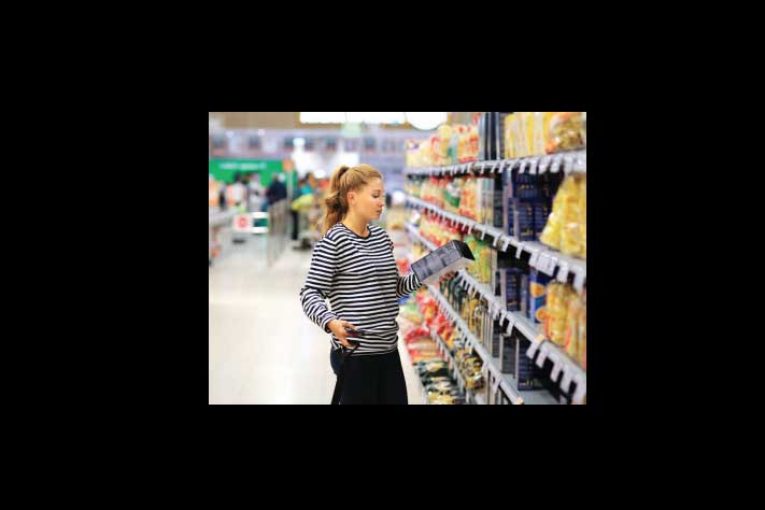Four Trends Transforming The Grocery Sector

Today, more than 40 minutes a week is spent grocery shopping, adding up to more than two full days a year that shoppers weave through supermarket aisles, according to the Time Use Institute. There are more than 38,000 grocery stores nationwide, and JLL’s latest Grocery Tracker explores four trends transforming this sector.
“Time-crunched consumers are changing the way grocers are thinking about their stores’ formats and products. And luckily, grocers small shifts to improve convenience through technology and prepared meals hasn’t compromised quality,” said James Cook, director of retail research at JLL.
1. The rise of the grocerant
“In the 1950s, shoppers would head to the local grocery store once a week to get the staples: milk, bread and eggs, plus all the fixings for the week’s dinners and lunches. Today, the purpose of grocery shopping is the same. The difference is that consumers don’t have the time (to do), or want to spend the time doing, this necessary chore,” said Cook.
As a result, traditional grocers are becoming grocerants, a restaurant and grocery store hybrid with prepared food sections. Now, if a shopper is heading home from work and needs to get dinner on the table they stop at their conventional grocer like Mariano’s, H-E-B, Hy-Vee or Kroger and grab a prepared meal. But, traditional grocers aren’t the only ones capitalizing on the heightened convenience kick. Dollar stores, like Dollar General, are getting into the consumables game by upping their product mixes with prepared salads and sandwiches, fresh produce and frozen meals.
2. Technology gives back time
Grocers also are going beyond grab-and-go prepared meals to help shoppers skip the lines. A global superstore recently added a new scan-and-go app that tallies the total as a consumer shops—just pay at the front. Kroger’s ClickList let’s a shopper order-online-pick-up-in-store, cutting down on shopping time. 365 by Whole Foods Market provides a more affordable price by employing less people and using iPads to order food. While we may not see iPads replace people in every grocery store in 2017, expect for more and more grocers to experiment with mobile ordering technologies that link to curbside pickup or deliveries.
3. Everyone’s a personal chef
Meal kit delivery systems play right into consumers’ desire for convenience. With products like Blue Apron, Plated, Hello Fresh and Purple Carrot, shoppers are now able to spend quality time outside of the grocery store. But, meal kit delivery concepts aren’t going to put traditional grocery stores out of business. Rather, their increase in popularity signals a shift in the way consumers are prioritizing food shopping and grocers already are taking note.
4. Openings galore in Texas and California
When “hangry,” driving for miles to get to the grocery store isn’t ideal, but luckily more grocery stores are popping up across the U.S. In 2016, more than 440 grocery stores opened in the U.S., adding 18.8 million s.f. of space, according to the JLL report. JLL found that 27 percent of new grocery stores opened in Texas and California. By comparison, the next three largest states in terms of new space were North Carolina, Virginia and New Jersey, which each accounted for just 5 percent of total space delivered in 2016. Aldi and Grocery Outlet dominated California, while Kroger and H-E-B continued their push into the Texas market. Overall, Aldi and Whole Foods were the biggest movers in the sector, opening the most stores.
“In 2016, new grocery stores openings were slightly above average, thanks to grocers expanding their presence in California and Texas,” said Cook. “I expect the number of new grocery stores opening their doors to be slightly less this year, but we will see an uptick again in 2018 as Lidl makes a strong push along the East Coast.”